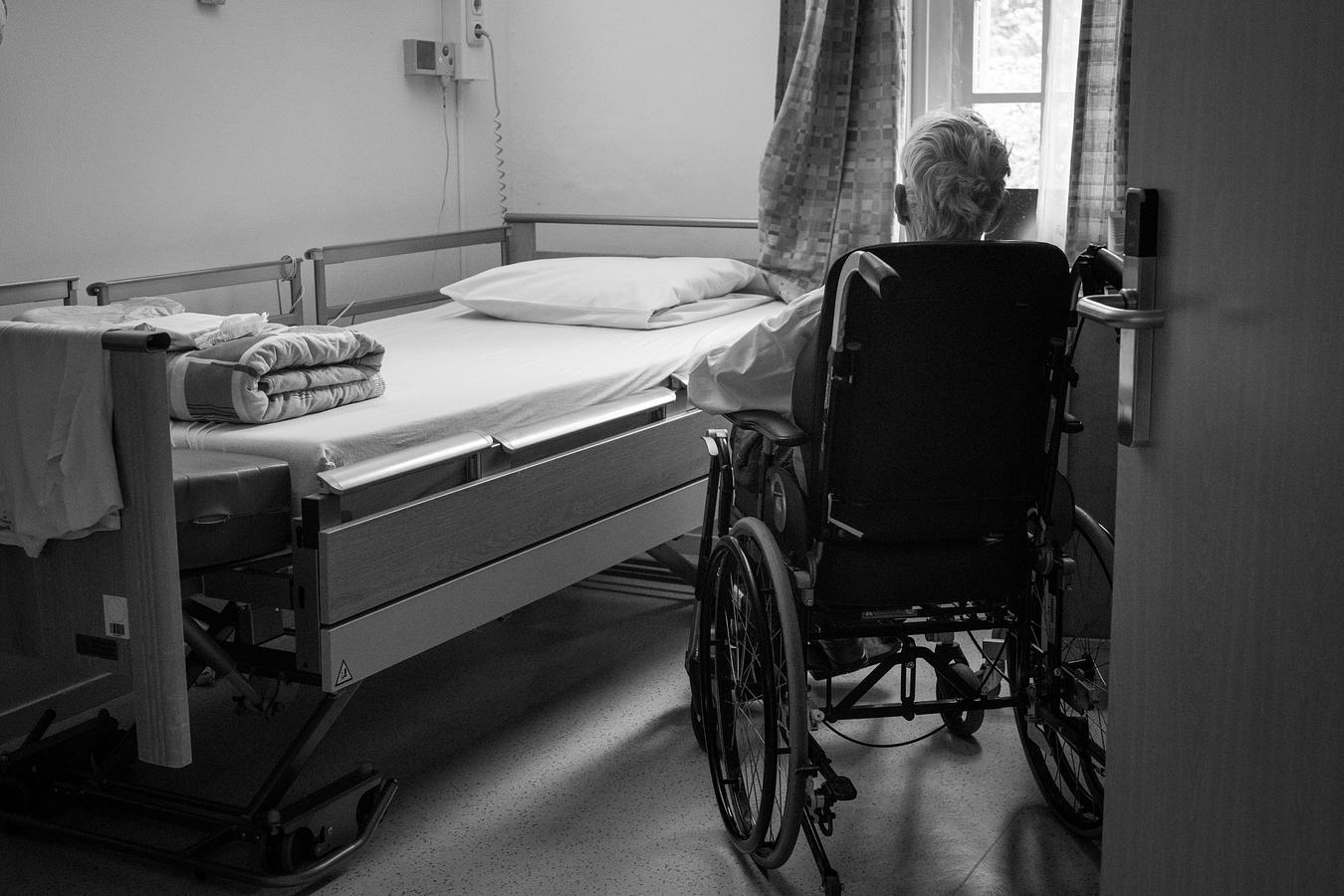Bedsores, also known as pressure ulcers or decubitus ulcers, have become a significant focus of personal injury litigation against nursing homes and hospitals in recent years. These painful and potentially life-threatening wounds are often viewed as a sign of neglect or substandard care. As a result, many personal injury attorneys have taken on cases to hold healthcare providers accountable when patients develop severe bedsores under their watch.
The Scope of the Problem
Bedsores are alarmingly common in healthcare settings, particularly among elderly and immobile patients. According to studies, up to 28% of nursing home residents and 15% of hospitalized patients develop pressure ulcers[1]. While not all bedsores are preventable, many cases result from inadequate care and attention to patients' needs.
The development of severe bedsores can have devastating consequences for patients, including:
- Extreme pain and suffering
- Increased risk of serious infections
- Prolonged hospital stays
- Permanent tissue damage
- In some cases, death due to related complications
Given the serious nature of these injuries, it's not surprising that bedsore cases have become a major area of focus for personal injury attorneys specializing in nursing home abuse and medical malpractice.
Legal Basis for Bedsore Lawsuits
Most bedsore lawsuits against healthcare providers are based on claims of negligence. To prove negligence in these cases, attorneys typically must demonstrate:
- The healthcare provider owed a duty of care to the patient
- The provider breached that duty by failing to meet the accepted standard of care
- The breach of duty directly caused or contributed to the development of bedsores
- The patient suffered damages as a result
In the context of bedsores, breaches of the standard of care often involve:
- Failure to regularly reposition immobile patients
- Inadequate skin assessments and documentation
- Lack of proper nutrition and hydration
- Failure to use appropriate pressure-relieving devices
- Delays in treating early-stage pressure ulcers
Challenges in Bedsore Litigation
While many bedsore cases have resulted in substantial settlements or verdicts for plaintiffs, these lawsuits can be challenging to litigate. Some of the key obstacles personal injury attorneys face include:
- Proving Causation: Healthcare providers often argue that a patient's underlying medical conditions, rather than negligent care, were the primary cause of bedsore development. Attorneys must work with medical experts to demonstrate how proper care could have prevented or minimized the injuries
- Documentation Issues: Inadequate or altered medical records can make it difficult to establish exactly when bedsores developed and how they were treated. Skilled attorneys often need to piece together evidence from multiple sources to build a compelling case.
- Damage Caps: Some states have laws limiting the amount of non-economic damages (e.g., pain and suffering) that can be awarded in medical malpractice cases. This can impact the potential value of bedsore lawsuits.
- Expert Testimony: These cases typically require testimony from medical experts to establish the standard of care and how it was breached. Finding qualified experts and effectively presenting their testimony is crucial to success.
Recent Trends in Bedsore Litigation
Several trends have emerged in recent years that are shaping the landscape of bedsore litigation:
- Increased Focus on Prevention: Courts and juries are becoming more aware that most severe bedsores are preventable with proper care. This has led to higher expectations for healthcare providers and potentially larger verdicts when prevention measures are found to be inadequate.
- Use of Technology as Evidence: Advanced wound imaging and electronic medical records are increasingly being used as evidence in bedsore cases. This technology can provide more detailed documentation of wound progression and treatment.
- Multi-Million Dollar Verdicts: While not the norm, some bedsore cases have resulted in verdicts or settlements in the millions of dollars. These high-profile cases have raised awareness and may be encouraging more litigation.
- Emphasis on Staffing Levels: Many lawsuits now focus on inadequate staffing as a root cause of bedsore development. Attorneys are increasingly examining facility-wide policies and practices that contribute to neglect.
Strategies for Successful Bedsore Litigation
Personal injury attorneys who handle bedsore cases have developed several strategies to increase their chances of success:
Early Investigation: Gathering evidence as soon as possible after bedsores are discovered is crucial. This may involve photographing wounds, interviewing staff and family members, and securing medical records before they can be altered.
Building a Strong Expert Team: Assembling a team of qualified medical experts is essential. This typically includes wound care specialists, nurses, and sometimes hospital administration experts to address systemic issues.
Focusing on Prevention Failures: Highlighting specific ways in which the facility failed to implement proper prevention measures can be more compelling than simply pointing to the existence of bedsores.
Demonstrating Pain and Suffering: Using testimony from family members, medical records, and sometimes even video evidence can help convey the severe impact of bedsores on a patient's quality of life.
Addressing Systemic Issues: When appropriate, attorneys may pursue cases that address broader problems within a facility, such as chronic understaffing or inadequate training programs.
The Future of Bedsore Litigation
As awareness of the seriousness of bedsores continues to grow, it's likely that litigation in this area will remain active. Several factors may influence future trends:
- Regulatory Changes: Stricter government regulations and increased scrutiny of healthcare facilities could lead to more cases as violations are uncovered.
- Technological Advancements: New pressure-mapping technologies and smart beds may create higher standards for bedsore prevention, potentially leading to more litigation when these tools are not utilized.
- Focus on Quality Metrics: As healthcare reimbursement becomes increasingly tied to quality measures, facilities may face additional financial pressures related to bedsore prevention.
- Public Awareness: Continued media coverage of large verdicts and settlements may encourage more families to pursue legal action when loved ones suffer from severe bedsores.
Conclusion
Bedsore litigation represents an important tool for holding healthcare providers accountable and improving patient care. While these cases can be challenging, skilled personal injury attorneys have demonstrated that it's possible to achieve justice for victims of neglect.
As the healthcare landscape evolves, it's likely that bedsore prevention will remain a critical issue. Personal injury lawyers will continue to play a vital role in advocating for patients' rights and pushing for higher standards of care in nursing homes and hospitals.
By pursuing these cases, attorneys not only seek compensation for individual victims but also contribute to broader efforts to improve healthcare quality and patient safety. As long as preventable bedsores continue to occur, litigation will remain an essential mechanism for driving change and ensuring accountability in our healthcare system.




